It’s upsetting to picture a puppy struggling to walk because he can’t straighten out his front limbs, but a condition called Carpal Laxity Syndrome (CLS) can cause this problem in very young dogs.
CLS is thought to be caused by a combination of genetic factors, with certain breeds being more at-risk and lifestyle factors, such as poor nutrition.
Some puppies show symptoms quickly, within 24 hours, while others start with a strange gait or limp. But in every case, Carpal Laxity Syndrome causes the front legs of puppies between the ages of 8 – 16 weeks, to bend and bow at the wrist or carpal joint.
If you have a young dog at home, it’s worth learning how to recognize and treat this disease.
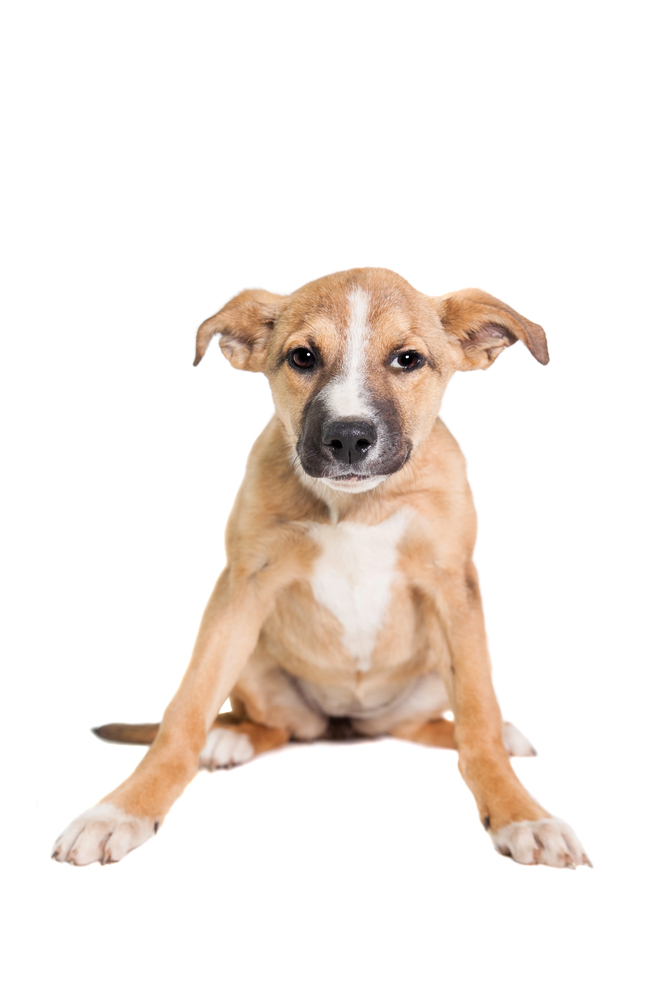
Facts about Carpal Laxity Syndrome
Carpal Laxity Syndrome affects the joint in a dog’s front legs, which are essentially the equivalent to a human’s wrist. The carpal joint is responsible for allowing your dog to walk, run, and play. In dogs with CLS, the ligaments and soft tissues around the carpal joint are overly relaxed and weak. This leads to instability of the joint. And as a result, the joint can hyperextend or stretch, causing the dog’s front legs to bend awkwardly. This can create a “knuckling over” appearance of the paw.
While the condition may look bad, the good news is that CLS is treatable, and many dogs make a full recovery.
Why dogs develop CLS
The condition is thought to be caused by genetics and developmental problems that make the ligaments and tendons that surround the carpal joint weak.
Here are a few of the key factors that contribute to CLS:
- Genetics: Large and giant breeds are more prone to developing CLS. These include: Labrador Retrievers, Golden Retrievers, and German Shepherds. These dogs grow fast during puppyhood, which can put a strain on their developing joints.
- Nutritional Imbalance: A poor diet during a puppy’s early development can interfere with bone and joint growth. Researchers are particularly concerned with the imbalance of calcium, phosphorus and Vitamin D.
- Overweight or Overexertion: Excess weight or too much activity in young puppies can cause stress on their developing joints.
- Injury: Although less common, traumatic injury to the carpal joint can contribute to the development of CLS.
In many cases, Carpal Laxity Syndrome gets better as a dog’s body matures and the ligaments and bones become stronger. However, other puppies require treatment to fully regain use of their arms.
Symptoms to watch for:
- Abnormal Gait – Dogs knuckle over their wrists or flop as a dog tries to walk. Sometimes the limb bends inward or drags.
- Limping or Lameness – Some dogs have pain in their arms that cause them to limp or favor a leg.
- Decreased Activity – Due to pain or the awkward shape of the limb, many dogs don’t want to play.
- Weakness in the Front Legs – The affected leg is weak or unstable when a dog tries to stand or walk.
If you notice any of these signs, contact your dog’s veterinarian for a complete exam. This will also be helpful to rule out other disorders.
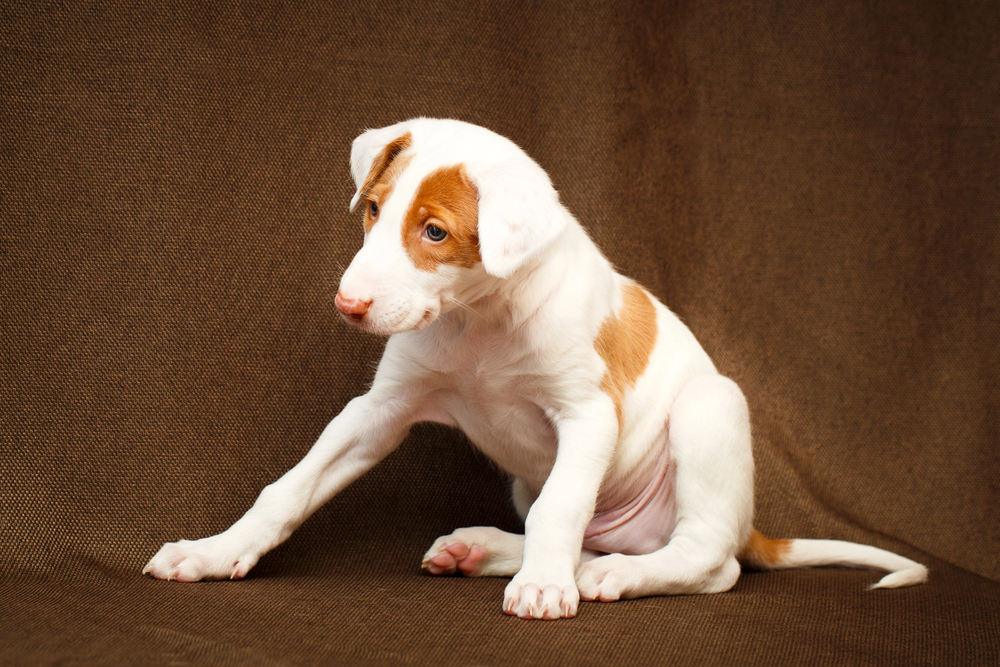
Treatment Options for CLS
While CLS might look disturbing, the good news is that it is typically manageable, and it improves with time and the right care.

Get the Essential Guide
The Essential Guide of Products for Handicapped Dogs e-book is a labor of love for me. I wrote it to answer your most pressing questions about where to find the best products for your wheelchair dog. You’ll find products you didn’t know existed and each will improve your dog’s quality of life. Print a copy and keep it by your side.
Here are the main treatment plans:
- Rest and Limited Activity: One of the first steps in treating CLS is to give your dog time to rest. Limiting activity allows your dog’s body heal naturally and gain strength in the ligaments and joints. Avoid high-impact exercises, like running and jumping, at this time.
- Good Nutrition: Be sure your dog is on a balanced and age-appropriate diet, rich in nutrients for healthy bone and joint development. Talk to your veterinarian for recommendations. Vitamins such as calcium, phosphorus and vitamin D might be prescribed.
- Physical Therapy: PT might be recommended to strengthen the muscles and ligaments that surround the carpal joint. Your vet might also prescribe gentle massage and stretching to improve joint stability.
- Splints and Braces: Some veterinarians recommend the use of a splint or brace to support the carpal joint and stop your dog’s leg from hyperextending.
- Surgery: In rare cases, if the CLS doesn’t improve with rest and conservative treatments, surgery might be required to stabilize the carpal joint.
Final thoughts
Most dogs with CLS, recover fully and lead normal, active lives. If you suspect your dog is developing CLS, be sure to talk with your vet as soon as possible. Early diagnosis and treatment make a huge difference in the outcome of the condition. With proper nutrition, rest and treatment, your puppy can return to normal, soon.
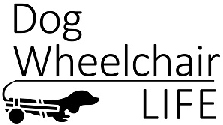
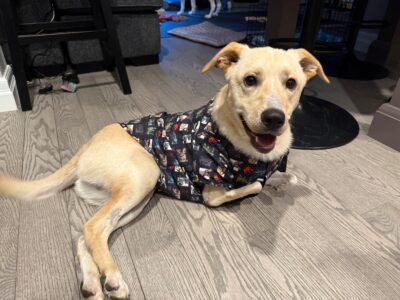
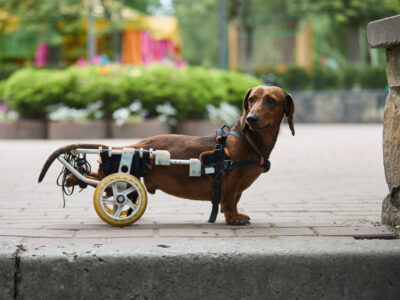
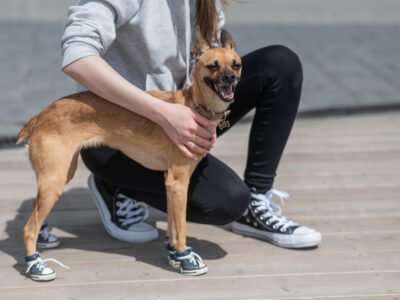
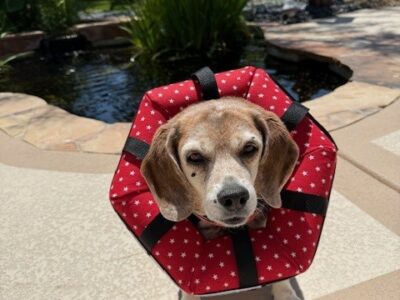
Leave a Reply